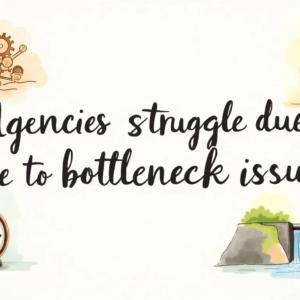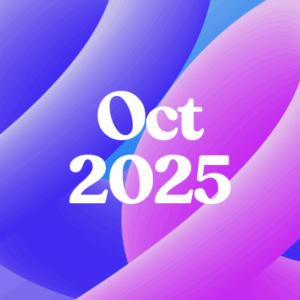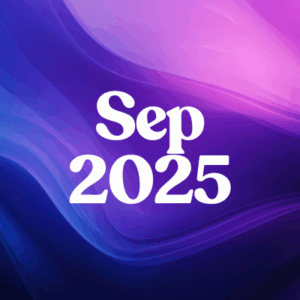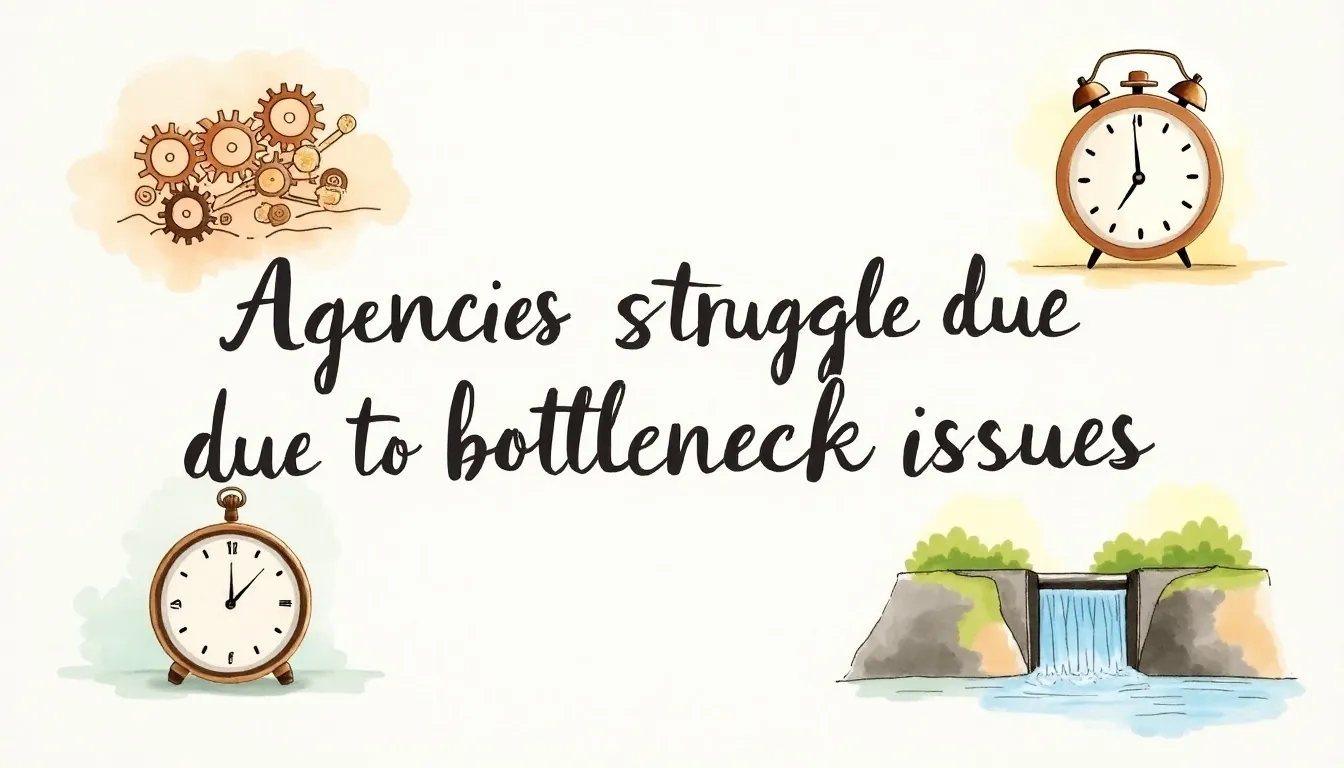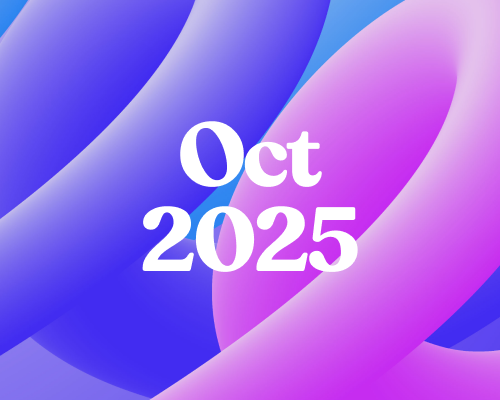When deadlines are coming, funds are tight & many projects are juggled, it’s easy to go through the motions of this feedback loop without thinking critically about how to improve your constructive feedback delivery.
Receiving constructive feedback & iterating on creative work is a big part of what you should do daily. Collaboration is critical to enhancing your work, whether you do an internal review amongst your designers & creative directors or discuss work with your clients.
Design criticism is no exception to the rule of subtlety in communication. When the process isn’t well established, or egos get in the way, design input may rapidly turn into an unpleasant experience, just like any other critical conversation.
Here’s what you can do to give constructive feedback from clients to your design teams.
Make Regular Check-ins a Possibility
There is no hard-and-fast rule for how frequently your team should meet to discuss how things are doing, but it is better to start with more discipline & loosen it over time than to start with too little organization & have to enforce it later. Schedule frequent check-ins as part of the timetable when you’re first developing a project plan. If things are running smoothly, you could always cancel meetings anyway.
Giving & accepting constructive feedback is a skill that most individuals are not naturally good at. You should aim to improve your team’s ability to provide constructive feedback & also assist individuals in becoming more comfortable expressing how they feel about the team. Take little measures at first. Ask the group basic questions during the second or third check-in, such as, ‘On a scale of one to five, how effectively is the team dividing the workload?’ What needs to be altered?’ You are the moderator of this discussion as the leader. After team members have spoken, you could give your thoughts regarding the team.
Working your way up to Formal Reviews is a Good Idea
You need to dive deeper into how team members perform at the individual level as your team becomes used to working together & exchanging constructive feedback. Request that each individual prepare specific peer evaluations to be read aloud at the next meeting. You could ask every team member to state one thing they admire about their teammates & one thing they would do differently if they could. The goal is to help individuals understand how their conduct affects others. It’s helpful if they get the same sort of constructive feedback from multiple people. You confirm your findings with others when it’s your time.
Don’t Propose Remedies; Describe the Issues.
Sometimes clients that are too prescriptive with their comments irritate designers. Instead of giving instructions on how to do something, explain why you’re doing it.
It’s normal to want to provide solutions while providing design criticism. You wouldn’t need the help of a designer if you understood the finest design options. This relates to demonstrating trust & respect.
Your role is to frame issues by asking questions, not to provide answers. Try saying this, ‘as a new business with minimal brand awareness, we need to make sure prospective consumers get acquainted with our brand as much as our goods’ instead of the prescriptive make the logo 50% larger. Ask them, ‘What can we do to make our brand more distinctive?’.
This isn’t to say that making recommendations isn’t an option. However, you should position them as recommendations for one potential option to investigate and compare rather than a prescriptive requirement.
Maintain your Objectivity
Because our personal tastes are so innate in our decision-making process, maintaining objectivity may be very difficult for some individuals. You, on the other hand, are not your client. Unless your product is created for you as the sole user, your tastes aren’t particularly important. When giving comments, it’s critical to take as much of your personal aesthetic taste out of the equation as possible.
Rather, concentrate on what your consumers will like. What gives people the impression that they can trust your company? What makes their life more convenient? Your subjective perceptions have little effect on those objectives. There should be no need to say things like ‘I don’t like this.’ Instead, consider the possibility that ‘our users may not comprehend this.’ At all times, be objective & focused on your project’s objectives.
Also, keep comments focused on the project rather than the designer. When describing the design, avoid using a lot of personal pronouns. Instead of saying, ‘I don’t like how you’ve set out the material; it seems imbalanced,’ instead say, ‘The screens appear unbalanced owing to the weight of this content.’ The distinction is minor, but it distinguishes the work from the designer.
Maintain a Laser-Like Concentration on Strategic Objectives
Because visual design is subjective, focusing the debate on whether the design is achieving the stated objectives is a fantastic approach to keep feedback conversations constructive & move projects forward. Instead of asking whether you like the new design, take a moment to think about the strategic objectives & target audiences. Is the design effective in meeting the requirements of the target audiences? For instance, if a research hub on a website’s declared aim is to be the go-to resource for policymakers in X area, can the layout suit their requirement to discover current updates & read thick articles? If this is the case, congratulations! If this isn’t the case, now is the time to start asking questions & explaining the issue.
Don’t Forget to Tell Others about the Wonderful Things you’ve Done
Everyone enjoys being complimented on a job well done. We appreciate it when customers express what’s functioning inside a design, even though constructive feedback sessions usually focus on improving work. This pat on the back motivates us to keep working hard for our customers. It also helps us better understand their preferences so that we may provide additional ideas that align with their preferences.
Final Thoughts
Paying attention to how a design input is provided may have a significant effect on a project’s success. Collaboration is encouraged, responsibilities are established, strategic objectives are brought to the forefront of decision-making & projects may operate a bit more smoothly by following these constructive feedback suggestions.
Check out our blog page for more such informative blogs.


